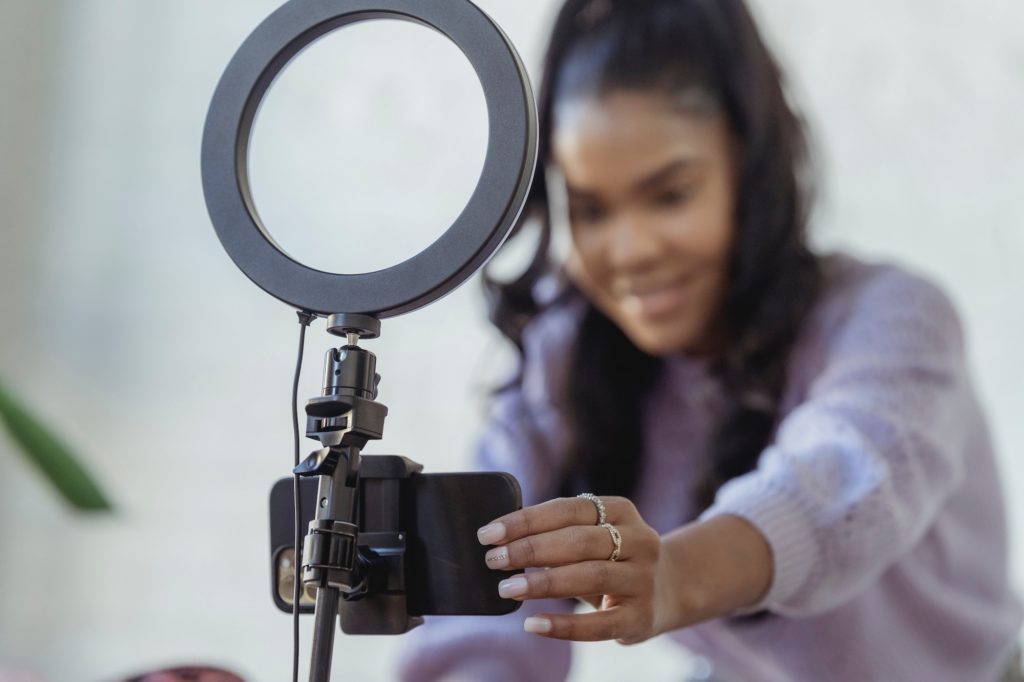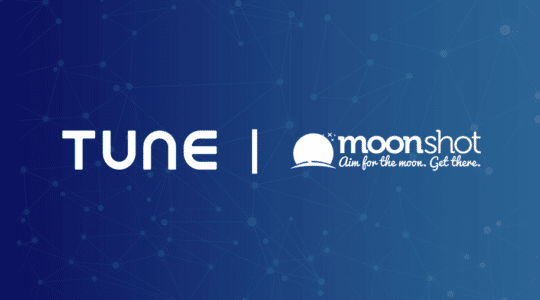
Traditional PR firms are fading into the sunset, and with so many big-box stores and small- and midsized businesses transitioning to an online business model to stay afloat, partner marketing has re-emerged as one of the most successful revenue-generating solutions for brands to incorporate into their partnership strategies.
To keep up with client-side demand, some PR agencies are redesigning their business models to offer full-service marketing plans and affiliate program management. This has been a bit of a challenge for them, mostly due to a broad lack of education in affiliate marketing, while at the same time, having limited or no experience with the important tools and data analytics required to manage partners on SaaS-based platforms. Looking for more immediate, but effective results, brands have begun cutting out the middleman by shifting their focus and media budgets into developing direct partnerships with digital content creators and social media influencers.
Why? Because these individuals possess a full awareness of the nuances and challenges associated with performance-based metrics, data analysis, KPI targets, and of course, customer engagement.
The Year of the Influencer
According to leading industry experts and sources, brands are projected to spend $15 billion on influencer marketing in 2022.
While average consumers are enjoying the new freedoms of working and shopping from home, some have found ways to turn their personal hobbies and creativity into lucrative business ventures as content creators and influencers. Social media has become the new Hollywood, and brands are learning the value of “partnering under the influence.”
In the past, many brands sought relationships with big-name celebrities and mega-influencers (those with 100K+ followers) to post and share branded content. The results were less than stellar, mostly due to a heavy reliance on vanity metrics, such as a high number of followers. Popularity didn’t always equal profitability, and slumping sales were the proof. In fact, many of those followers turned out to be bots and bogus accounts.
In 2019, influencer fraud, which included the creation of fake personas and followers, cost brands an estimated $1.3 billion. Advertisers suddenly found themselves confronted with an eye-opening truth: most celebrities and mega-influencers didn’t necessarily manage their social media pages. They were usually maintained by personal assistants or paid social media managers. Many of them also had no direct interaction with their followers, or used the products appearing in their posts. Loyal audiences scrolled and swiped in search of personal glimpses into the private lives of their favorite personalities, not because they were interested in making purchases. All of that changed when COVID-19 suddenly appeared the following year and made the world a different place for all of us.
At the beginning of the pandemic, consumer demand for basic necessities spiked, but as people shuttered indoors, brick and mortar businesses suffered significant losses. Brands and agencies were also no exception. Those who were able to operate with limited resources lowered costs by eliminating “non-essential” services, which in most companies, included PR and marketing budgets. As a result, ad spends were reduced across all traditional and digital media platforms, but with more people turning to social media for inspiration, things would soon change again. In an unexpected turn of events, the hole created in the advertising space would soon give rise to a new group of marketers and smaller influencers, while simultaneously exposing brands to a new pool of talented content creators and niche influencers.
The Value of Content Creators
Content creators have an artistic connection to the work they produce, and spend countless hours producing work that inspires audiences to like, copy, and share with others. Whether it’s a new dance challenge, vegan chili recipe, or new home-fitness workout, regular people have turned their smartphones and their respective app stores into high-quality, low-cost production studios.
By sharing original work (user-generated content, or UGC) on platforms such as Instagram and TikTok, these creators are attracting new followers and boosting engagement algorithms with no specialized industry training. Even pets have dedicated media channels with thousands of subscribers, thanks to daily uploads of cuddly moments shared by their owners. By working with content creators, brands can be exposed to a potentially limitless pool of talent and creativity, but more importantly, they can tap into the high engagement rates in social communities across multiple platforms.
What Niche Influencers Bring to the Table
Micro-influencers have followers anywhere between 10,000 to 100,000. They may not have the same reach as mega-influencers in terms of scale, but their audiences are dedicated followers who tune in for occasional social commentary or inspiration.
Nano-influencers have a follower count in the range of 1,000 to 10,000. While some promote affiliate links and pages in their social media profiles, they mostly create personal content based on special moments or hobbies most likely to resonate with “regular people.” Their audiences are typically made up of people with similar interests, but who also want a personal opinion or review from someone with whom they can relate.
Regardless of the title, what these creators lack in followers, they undoubtedly make up for in visibility and that is what ultimately leads to sales. Customers are more likely to buy products if they are recommended or seen being used by people they like and trust.
More often than not, many of today’s niche influencers are business-savvy entrepreneurs; because of their smaller size, they often dedicate more time to developing brand-centric content, while simultaneously promoting their personal brand and influence. They also understand that performance and engagement (rather than vanity metrics such as follower count) are what matter most.
Social app platforms are also making it easier for creators and niche influencers to collaborate with brands. By using built-in analytics and creative tools, both sides can gain measurable insights into content acceptance versus performance and use them to drive deeper partnerships and measurable results.
What Are You Waiting For?
In conclusion, influencers are here to stay. Brands still have a long road ahead of them in terms of full economic recovery, but perhaps now the road to success won’t be so lonely.
Let me know what you think about brands working with niche influencers in the comments below!
Ready to learn more about affiliate partnerships and niche influencers? Download our Ultimate Guide to Partner Marketing.
Author
Tie Davidson is a seasoned veteran in the Affiliate Marketing space. As the Partnerships Manager at TUNE, he is committed to sharing his industry knowledge and expertise with brands, agencies, and media partners, while providing education and support for their program recruitment efforts. Tie currently resides in NYC, and spends his spare time as a local food influencer and life coach.




Leave a Reply
You must be logged in to post a comment.